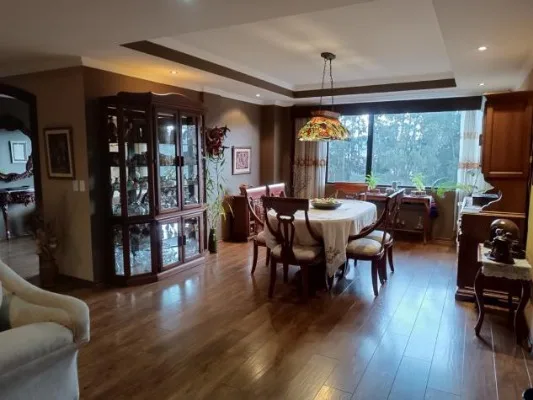Two democracies at work: How Ecuador and the U.S. deal with political conflict

Cuenca under siege.
By Rob Bell
The streets are almost deserted today in many parts of Cuenca, Ecuador’s third largest city with six hundred thousand inhabitants. Schools are closed. Most stores are closed.  Roads in and out of the city are blocked by protestors. Supermarket shelves are almost empty as supplies cannot get in.
Roads in and out of the city are blocked by protestors. Supermarket shelves are almost empty as supplies cannot get in.
In Cuenca’s central historic district, heavily armed military police have closed the streets around Calderon Park, the old church, and nearby government buildings. Protestors, along with curious passersby, peer past the barricades and line of military police holding plastic riot shields to see what, if anything, is going on. Further south, a line of marchers waving Ecuadorian flags and blowing whistles make their displeasures known. Many of the historic district’s cobblestone streets are now black, the result of numerous detonated percussion bombs. More protests throughout the country, centering on Quito the capital, are expected.
As an American tourist, I am simultaneously following the news in both Ecuador and the United States. The comparison is revealing. In both nations, democracy is in action, but taking very different forms.

A police armored vehicle at the corner of Sucre and Borrero. In Great Britain, it’s called the “Screech Mobile” because of its LRAD sound system.
Led by students and transit workers, Ecuadorians in the tens of thousands are out in the streets day after day, night after night, protesting what they consider injustice by government. Particularly affected is the capital, Quito. But there has been damage in the millions caused by rioting in much smaller cities including Riobamba and Ambato. In stark contrast, despite almost three years of criminal and treasonous activity by the U.S. Trump Administration, no-one has marched on Washington, DC, much less Baltimore or Philadelphia. There are no road blocks by protestors on the interstates. No tear gas. No percussion bombs.

Protesters in the street.
Here in Ecuador, there is widespread active support for the nationwide protest, which started when President Lenin Moreno made a unilateral decision to end 40 years of fuel subsidies, instantly doubling the price of diesel and raising the cost of gasoline by 25-percent. In a nation where the average wage is $2.13 an hour, any increase in the price of anything hurts. Raising the price of fuel impacts the cost of just about everything, falling particularly heavily on the poor who can least afford it.
The response was immediate. Thousands of people ran into the street to protest, dodging tear gas, rubber bullets and percussion bombs to make their displeasure heard. Over 570 arrests have been made, and there are reports of three deaths. Fifty military personnel were briefly held by protestors before being released. President Moreno quickly declared a form of martial law and fled to a government palace in Guayaquil on the southern coast, which is more easily defended.

A nervous shop-keeper keeps watch.
Back in the United States, other than angry tweets and Facebook posts, there has been no widespread rebellion in the streets over America’s atrocities, including separating babies from their mothers at the border, targeting Latinos and Muslims, reducing gay rights, thousands of outright lies by the president, the administration’s tax reduction for the rich and big corporations at the expense of taxpayers, repeated violation of our constitution’s emoluments clause to enrich the president and his family, an ill conceived tariff war destroying American farmers while raising prices for imported goods, a relentless, treasonous abuse of power, and now the devastating unilateral decision to abandon our allies, the Kurds in Syria.
Americans have so far not felt motivated to take to the streets to protest any of this. And despite a slow moving impeachment process, none of those subpoenaed to testify in Congress who have refused to cooperate have been arrested, or even fined. In fact, many of them are still on American talk shows spouting their “talking points.” While the President of Ecuador is in hiding, the president of the USA is free, and rambling on television.

A motorcycle cop gives his regards to protesters.
As I write, a military helicopter flies low circles above. A sign of troubled times in a country resisting oppression. A stark contrast to what’s happening in the dis-United States of America where no popular protest exists.
_________________
Photos by Rob Bell
Rob Bell was a television news journalist in New York City for many years. His website, Experience-Ecuador.com, includes videos and still photography from beautiful Ecuador. Video of October 3 Cuenca rioting can also be viewed on this page. Rob sold his home in New Jersey and moved to Ecuador in July to be with his fiance, Kttalinha, an Ecuadorian resident who was wrongly deported upon entry by U.S. Customs earlier this year on trumped up charges of working in the United States without declaring income. Her valid visa was revoked for five years. You can learn more about Rob and Katty’s experiences by visiting https://www.gofundme.com/ f/justice-for-kttalinha.


















